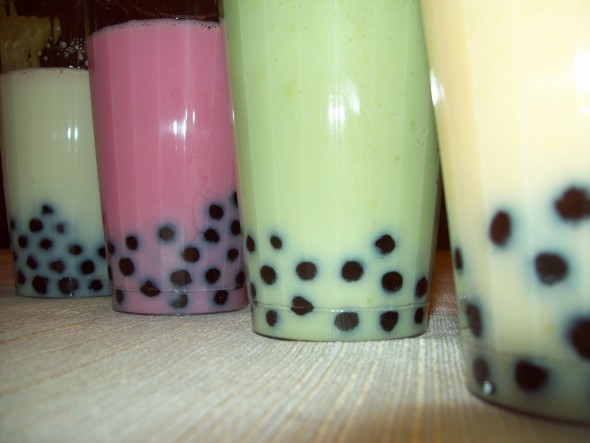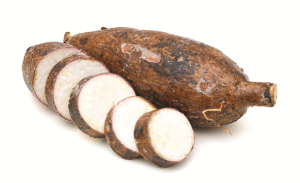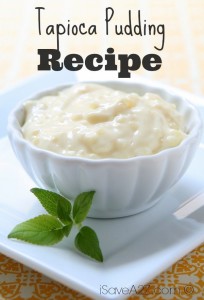Got to be really careful when you eat cassava. It contains hydrogen cyanide There are a few different kinds – categorized as either sweet or bitter, signifying the absence or presence of toxic levels of cyanogenic glycosides, respectively. The so-called sweet cassava can produce as little as 20 milligrams of cyanide (CN) per kilogram of fresh roots, whereas bitter ones may produce more than 50 times as much (1 g/kg). Cassavas grown during times of drought are especially high in cyanide. If you decide to eat the bitter cassava variety, you better peel and grate the roots, and then soak them in water for a long time (like a day) to allow leaching and fermentation to take place, followed by thorough cooking to release the volatile hydrogen cyanide gas. Cutting the roots into small pieces, followed by soaking and boiling in water is pretty effective in reducing the cyanide content in cassava. Processed cassava flour and cassava-based products (like commercially available tapioca) have very low cyanide contents and are considered safe to use.
http://cebudailynews.inquirer.net/80929/food-poisoning-blamed-on-cassava









































Definitely one of your best titles.